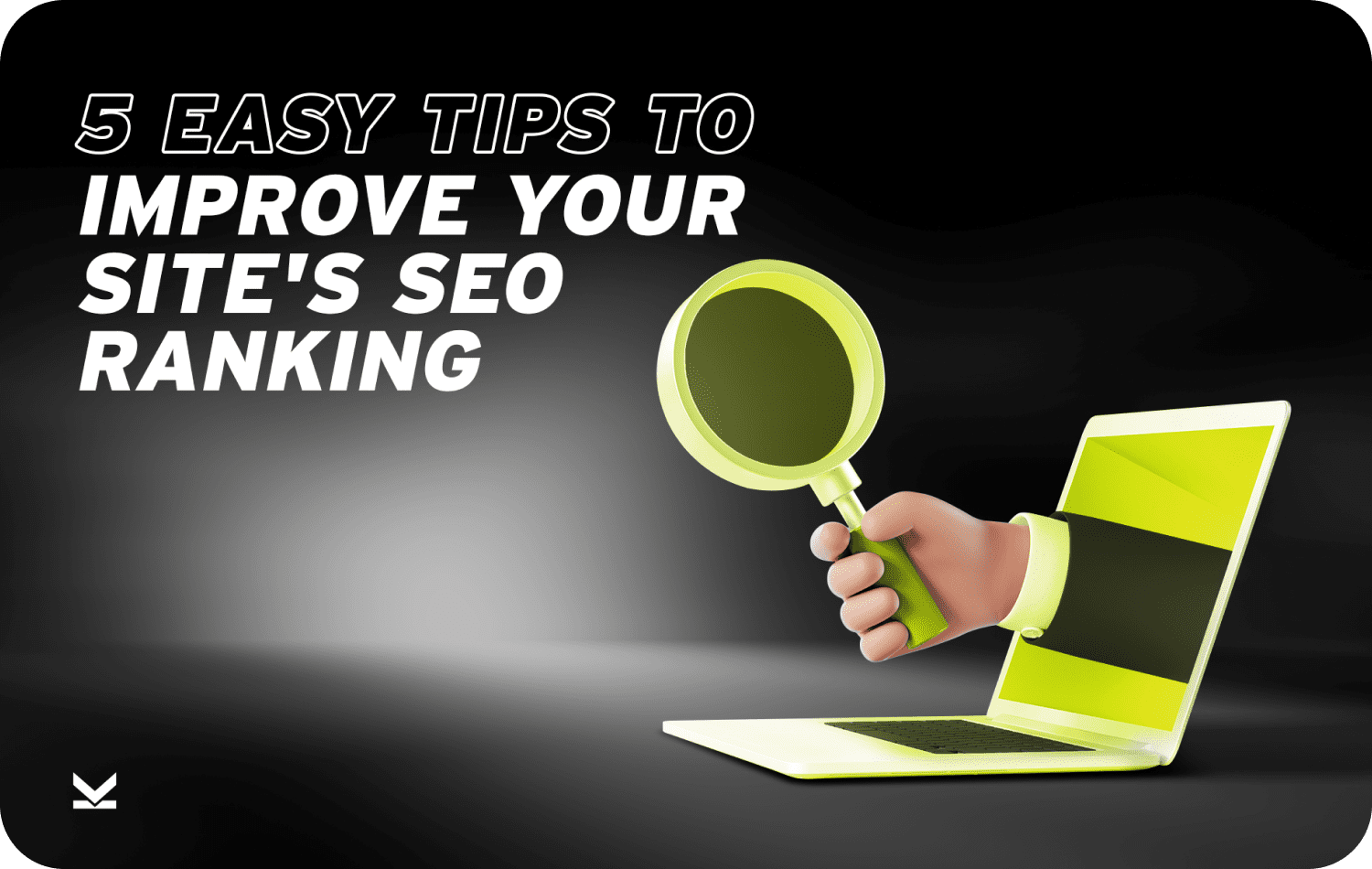Welcome to this article on the best email marketing practices that can help businesses increase conversions through their email campaigns. With the rise of digital marketing, email campaigns remain one of the most effective methods to engage customers and drive sales. However, it’s not just about sending out emails and hoping for the best. In this article, we will cover a range of strategies that businesses can use to optimize their email marketing efforts, from building a clean and organized email list to analyzing data to adjust the email marketing strategy. By implementing these best practices, businesses can personalize their email marketing campaigns and provide value to their subscribers, leading to higher engagement and ultimately, more conversions. So, whether you’re new to email marketing or looking to improve your existing campaigns, read on to discover the tips and tricks for successful email marketing.
Best Practices
Start with a clean and organized email list
The first and most important step in any email marketing campaign is to start with a clean and organized email list. This means that you need to ensure that the email addresses on your list are accurate and up-to-date. You can do this by regularly cleaning and updating your email list. This will help you to avoid sending emails to invalid or outdated email addresses.
In addition, it’s important to segment your email list based on various factors such as demographics, behavior, interests, and more. By segmenting your email list, you can send more targeted and relevant emails to your subscribers, which can increase the chances of conversions.
Create a compelling subject line
The subject line is the first thing that your subscribers will see when they receive your email. Therefore, it’s crucial to create a compelling subject line that will grab their attention and encourage them to open your email. A good subject line should be clear, concise, and relevant to the content of the email.
To make your subject line more compelling, you can use personalization, urgency, and curiosity. For example, “Exclusive Offer: 50% off for our VIP subscribers only” or “Don’t Miss Out! Limited time offer inside” are examples of subject lines that create a sense of urgency and curiosity.
Use a clear and concise email copy
Once your subscribers open your email, it’s important to keep them engaged with a clear and concise email copy. Your email copy should be easy to read and understand, and it should be relevant to the subject line.
To make your email copy more effective, you can use storytelling, personalization, and a clear call-to-action (CTA). Your CTA should be prominent and easy to understand, and it should encourage your subscribers to take action. For example, “Click here to learn more” or “Get your discount now” are examples of clear and effective CTAs.
Optimize your email for mobile devices
More and more people are accessing their emails on mobile devices, so it’s important to optimize your emails for mobile devices. This means that your emails should be easy to read and navigate on a smaller screen.
To optimize your emails for mobile devices, you can use a responsive email design, which will automatically adjust the layout and font size based on the screen size. You should also use a clear and concise email copy, and avoid using too many images or large files that can slow down the loading time.
Test and measure your email campaigns
To get the most out of your email marketing efforts, you need to test and measure your email campaigns. This means that you should experiment with different subject lines, email copy, CTAs, and other elements of your email campaign to see what works best.
You can use A/B testing to test different elements of your email campaigns. For example, you can send two versions of the same email to a small group of subscribers, and then measure the results to see which version performs better. You can then use the insights from your testing to optimize your email campaigns and improve your conversions.
Provide value and build trust
One of the most important things to remember when it comes to email marketing is to provide value and build trust with your subscribers. This means that you should send emails that are relevant, useful, and informative, and avoid bombarding your subscribers with promotional
Focus on the customer journey
When it comes to email marketing, it’s important to focus on the customer journey. This means that you should send emails that are relevant to the stage of the customer journey that your subscribers are in. For example, if a subscriber has just signed up for your newsletter, you can send them a welcome email that introduces your business and provides them with valuable information. As they continue to engage with your emails, you can send them targeted emails that are designed to move them further along in the customer journey.
By focusing on the customer journey, you can provide a personalized experience for your subscribers and increase the chances of conversions.
Use segmentation to target specific groups
As mentioned earlier, segmentation is an important part of email marketing. By segmenting your email list based on various factors, you can send more targeted emails to specific groups of subscribers. For example, you can send emails to subscribers who have recently made a purchase, or to subscribers who have shown interest in a particular product or service.
By targeting specific groups of subscribers, you can provide them with more relevant content and increase the chances of conversions.
Provide incentives and rewards
Incentives and rewards can be a powerful tool for increasing conversions in email marketing. For example, you can offer a discount or a free gift to subscribers who make a purchase or refer a friend to your business.
By providing incentives and rewards, you can encourage your subscribers to take action and increase the chances of conversions.
Analyze your data and adjust your strategy
Finally, it’s important to analyze your data and adjust your email marketing strategy accordingly. This means that you should regularly review your email campaign metrics, such as open rates, click-through rates, and conversion rates, and use the insights to optimize your email campaigns.
For example, if you notice that a particular subject line or email copy is not performing well, you can experiment with different variations to see if you can improve the results. By constantly analyzing your data and adjusting your strategy, you can continue to improve your email marketing efforts and get more conversions.
A/B Test Everything
We want to place special emphasis on A/B testing. All of the above recommended strategies should be tested to find which of alternative approaches work.
A/B testing is an important part of email marketing and can help you optimize your campaigns for better conversions. A/B testing, also known as split testing, involves sending two different versions of an email to a small portion of your email list and analyzing the results to determine which version performs better. Once you have identified the winning version, you can send it to the rest of your email list.
Here are some ways A/B testing can help improve your email marketing efforts:
- Subject lines: A/B testing can help you determine which subject line is more likely to get your subscribers to open your email. You can test different variations of your subject line, such as using different words, personalization, or emojis, to see which version performs better.
- Email copy: A/B testing can help you determine which email copy is more effective at engaging your subscribers and getting them to take action. You can test different variations of your email copy, such as the length of your email, the tone, and the language used, to see which version drives more conversions.
- Call-to-action (CTA): A/B testing can help you determine which CTA is more effective at getting your subscribers to take action. You can test different variations of your CTA, such as the placement, color, and wording, to see which version drives more conversions.
- Landing pages: A/B testing can also help you optimize your landing pages for better conversions. You can test different variations of your landing pages, such as the design, layout, and messaging, to see which version is more effective at converting visitors into customers.
By using A/B testing in your email marketing campaigns, you can gain valuable insights into what works best for your subscribers and optimize your campaigns for better conversions. However, it’s important to keep in mind that A/B testing requires careful planning, execution, and analysis to yield accurate and actionable results. Therefore, it’s recommended to test one variable at a time and to test on a small portion of your email list before sending the winning version to the rest of your subscribers.
In conclusion, email marketing can be a highly effective way to get conversions and promote your business. By following the best practices outlined in this blog post, you can create effective email campaigns that engage your subscribers and increase the chances of conversions.
If you need help strategizing or implementing any of these strategies to drive traffic to your store with email marketing, please feel free to schedule a free strategy session with us. Strikepoint media is a full-service performance marketing agency specializing in media buying, lead generation, powerful creative, email marketing, and customer acquisition. We service multiple industries and have generated over $1 billion in revenue through more than 1 million conversions across 50,000 ads that we’ve made. Strikepoint Media can help you drive more traffic to your store with email and to scale your business.




